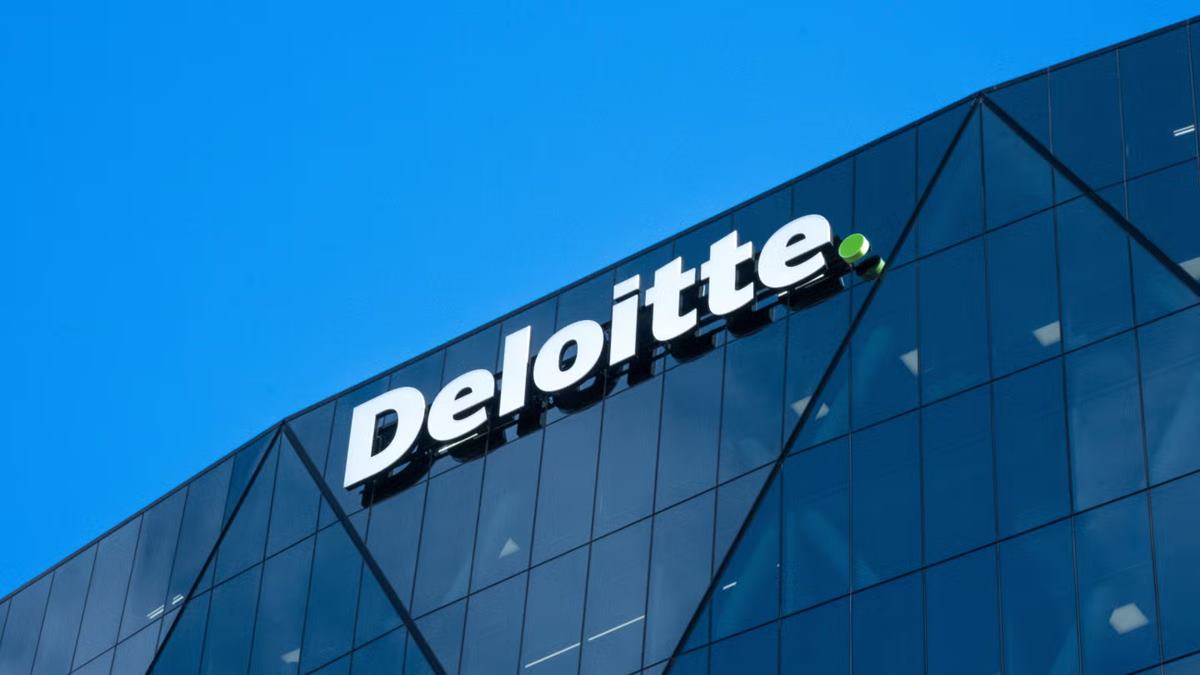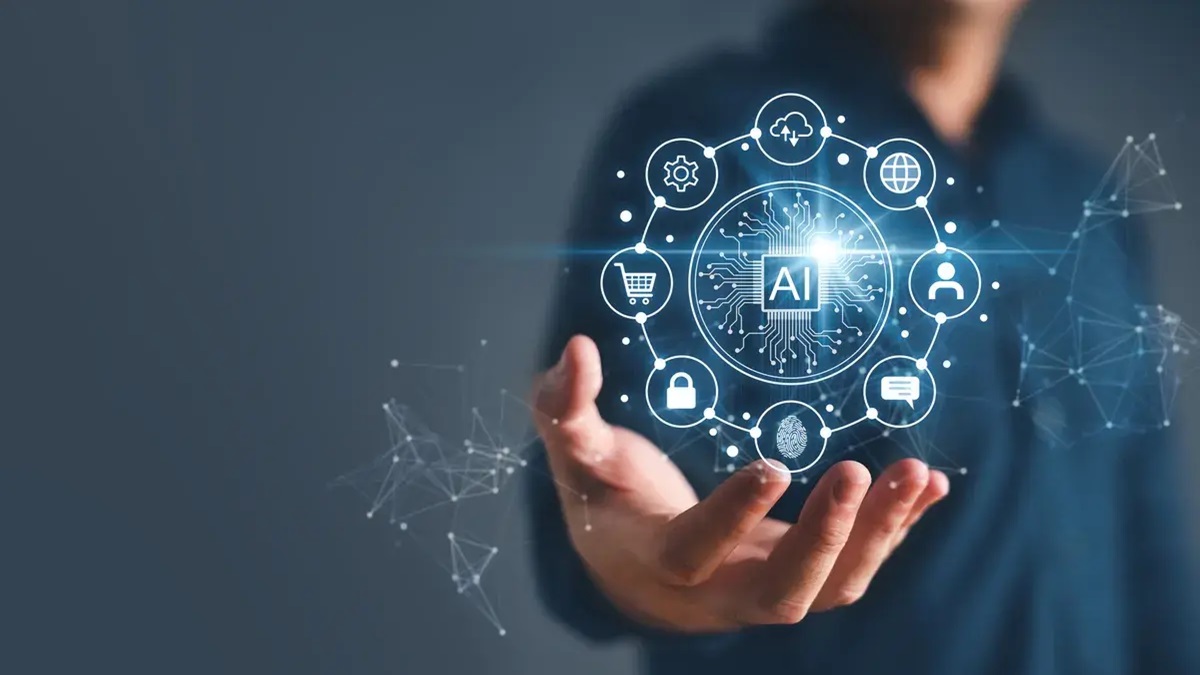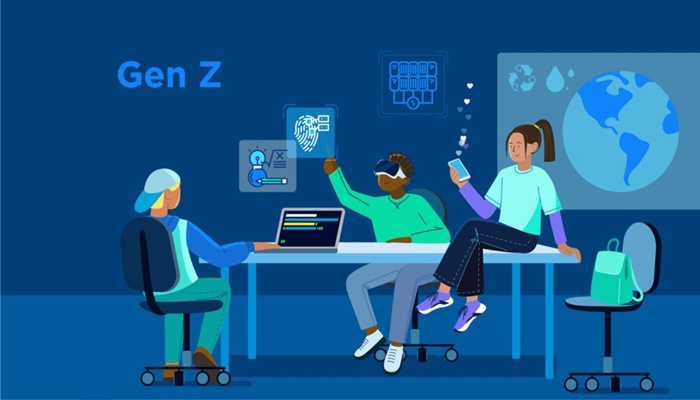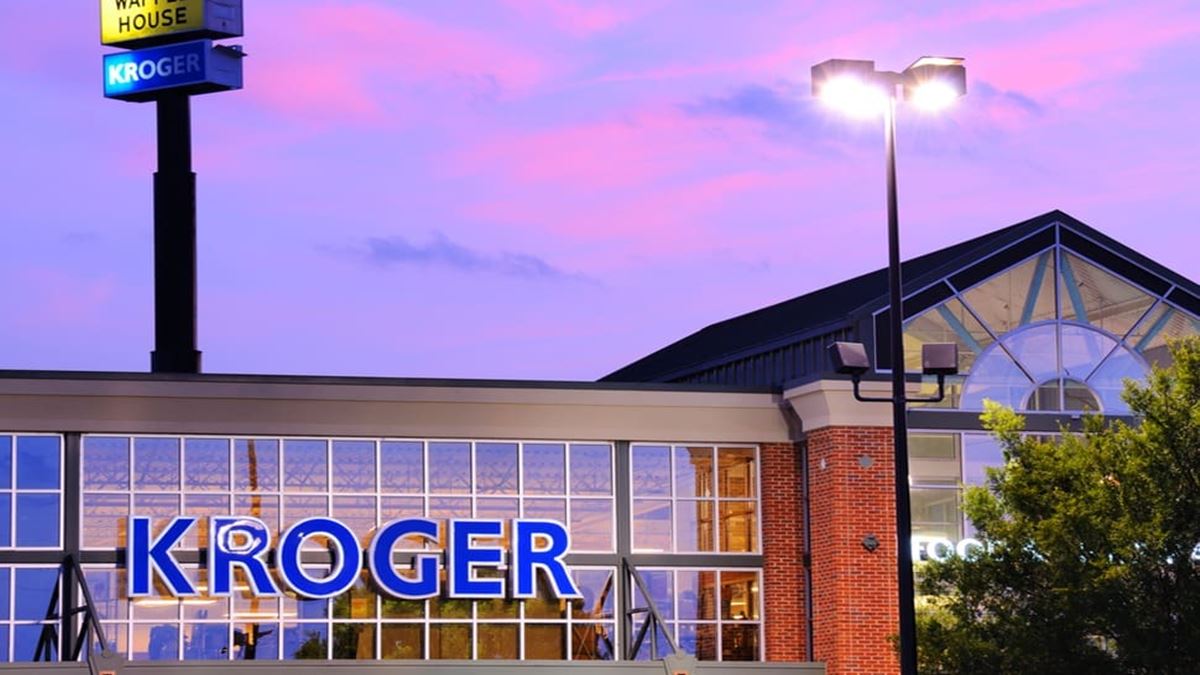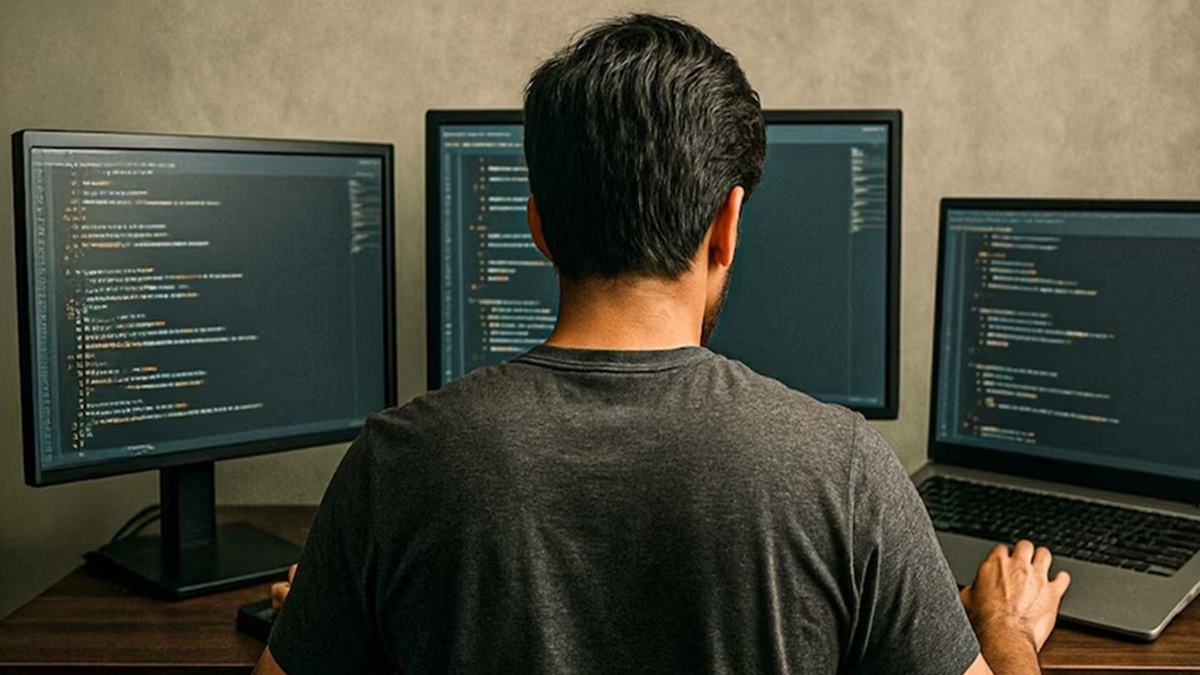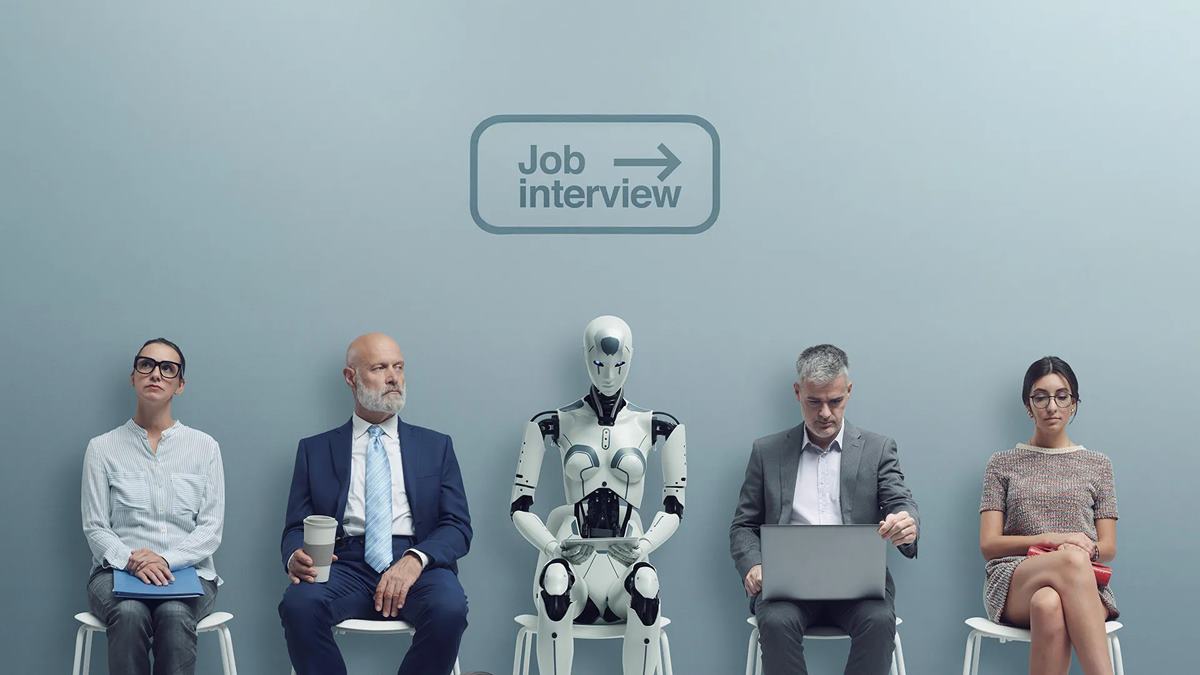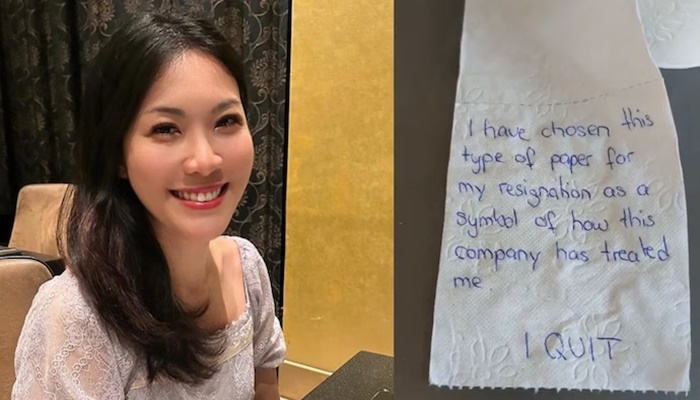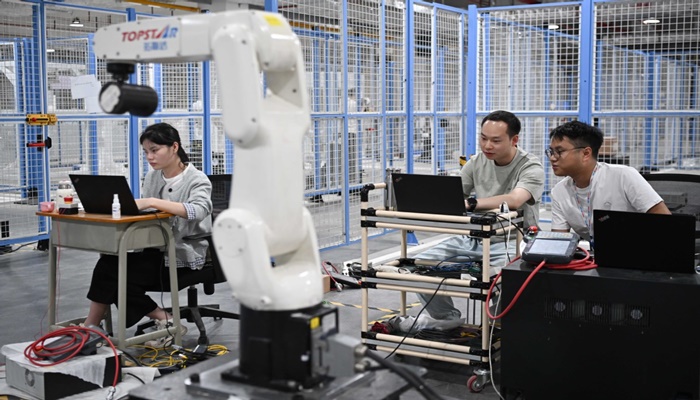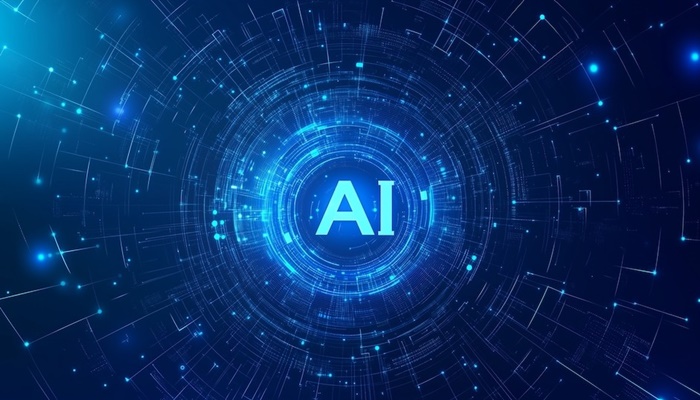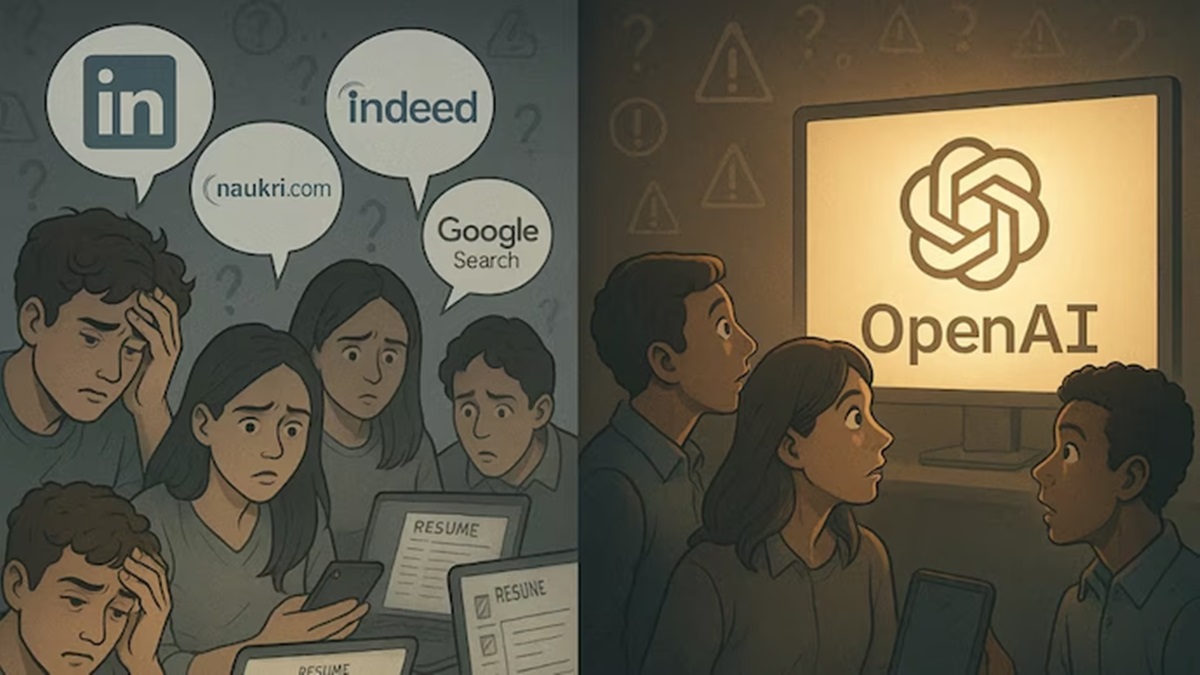It was the year 2015. Saurabh was job hunting, unsure where to look. He went from company to company, sharing his resume. After months of trying, he finally managed to match what the market needed and landed a job at an MNC. His skills in computer applications and a master’s degree helped him secure the position.
If LinkedIn had been as popular back in 2015, he might not have faced so many challenges. He could have landed the job much earlier, with his skills matched to market demand.
Saurabh’s story reflects the experience of millions of young people in India who struggled with job searches, especially those from small towns and villages with limited resources. Many spent years trying to find the right opportunity.
Recently, an OpenAI manager announced plans to launch a platform similar to LinkedIn, where people can find jobs easily without manually approaching HRs or sending applications one by one.
Just before this announcement, an individual frustrated with job ghosting scraped 4.1 million job listings from company websites. He posted on Reddit: “I got sick and tired of how LinkedIn and Indeed are contaminated with ghost jobs and third-party offshore agencies, making it nearly impossible to navigate.”
OpenAI’s automation process aims to directly connect candidates to jobs based on their skill sets. LinkedIn already offers a similar feature but still relies heavily on manual recruiter activity.
The bigger question is whether OpenAI can handle this process without introducing new challenges. Can it avoid errors that humans can easily detect and replicate the nuanced decision-making required in hiring?
“Algorithms don’t understand nuance. Rather, what they measure are patterns. They cannot feel the persistence of aspirants to advance their careers. They cannot recognise the resilience of someone who shows up with determination despite numerous setbacks. They cannot capture the spark of creativity that can easily dwarf the gap on a resume,” says Kalpesh Banker, Managing Partner at EduShine Search Partner.
From false data to hallucinations to algorithmic bias, the risks are real. Experts warn that AI’s role in hiring must be carefully monitored, or it could lead to costly blunders.
LINKEDIN, INDEED, NAUKRI.COM AND NOW OPENAI
LinkedIn was launched in 2002 in the USA with the objective of providing a platform for individuals seeking jobs. The platform entered India in 2009 and took nearly a decade to gain popularity.
By the end of the 2010s, LinkedIn had become essential for anyone looking to mark their presence in the job market.
LinkedIn has over 160 million users in India as of 2025, and the number keeps going up. Whenever a student thinks of starting their journey in higher studies, the first thing they do is create a profile on LinkedIn and connect with industry professionals.
Following LinkedIn, Indeed was launched in 2004 as another job-hunting platform, where individuals could search for jobs based on their requirements and organisations could post openings to attract talent.
The system most companies follow today allows AI to scan resumes at the very first stage – a trend that emerged after COVID-19 and has remained.
The initial screening phase is now largely handled by AI tools. Companies, particularly for lower and mid-level positions, prefer not to manually search for the right employees and instead rely on AI to make the process faster and easier.
Selecting the right candidate from lakhs of resumes can be challenging, which is why AI has become the preferred solution.
This system is widely used on platforms such as LinkedIn, Indeed, and Naukri.com. Many HR professionals say that, in the first stage, resumes not built with proper human intervention are often rejected automatically by these systems.
Over the years, several other job platforms have entered the market to support both jobseekers and recruiters.
Now, OpenAI is preparing to step in and transform the space.
Unlike LinkedIn and Indeed, OpenAI will not work as a simple job-posting platform but is expected to automate the process end-to-end — assisting both candidates and recruiters in finding the right match.
Although the exact process has not yet been revealed, based on OpenAI’s previous innovations such as ChatGPT, the platform could significantly change how hiring works and alter the HR-employee dynamic.
“If designed well, AI expands opportunities by surfacing adjacent or unconventional matches that humans might miss. If designed poorly, it risks reducing careers to keyword matching. The opportunity lies in building systems where AI broadens the funnel and humans refine the final decision,” says Raghav Gupta, Founder & CEO, Futurense.
CAN OPENAI SOLVE THE REAL PROBLEM?
Experts also opine that nuances are essential in job recruiting. While AI can make the process easier for recruiters, human intervention remains critical, and recruiters cannot rely solely on AI to find the right candidate.
“Our study shows that 55% of organisations have returned fully to office, and 40% follow hybrid work. While 80% use AI in recruitment, many initiatives remain experimental. AI can streamline hiring but cannot replace human judgement, imagination, or context–it must enable, not replace, human decision-making,” says Balbir Singh, CEO, Great Place To Work India.
Building trust in AI remains a major challenge. Many tech organisations are reintroducing in-person interviews.
While virtual shortlisting and skill-based screening make hiring faster, AI can only assess what is written in the CV. It cannot evaluate qualities that require human judgement.
The OpenAI CEO has explained that the idea is simple: to help find perfect matches based on trained algorithms.
Challenges arise if the algorithm is flawed or if a candidate makes an error in their resume — this can halt the process, and AI may fail to detect it.
This makes the next stage crucial and often a bigger headache for organisations.
“AI is incredibly powerful at scale, but context still needs to catch up. An arbitrary decision from months ago can quickly fall apart as technology matures. Organisations are realising that unchecked reliance on AI without the human element can lead to unintended consequences,” adds Balbir.
One of the biggest hurdles jobseekers face is building CVs and profiles that are machine-readable and optimised for AI screening tools .
A well-prepared CV can help present opportunities without hurdles. It involves steps such as making CVs machine-readable, listing projects and tools, and using the language of the job description.
Creating multiple versions of the CV can highlight different strengths depending on the role.
“Proof of work, like links to portfolios or GitHub, also helps AI pick up signals beyond plain text,” says Raghav.
BIAS, DATA QUALITY REMAIN KEY CHALLENGES FOR AI
“OpenAI is set to reshape how talent meets opportunity. Unlike conventional job portals, it can deliver recruiter-driven job descriptions alongside AI-crafted CVs tailored to fit, making the hiring process seamless for both sides,” says Abhishek, Director HR, BSI.
OpenAI can bring accountability, audit, and governance that humans sometimes miss, but having humans in the loop remains critical. AI adds a layer of trust and can strengthen the final decision, but human verification will always be required.
Abhishek further explains how OpenAI’s platform could be a game changer: “The OpenAI platform will be more crucial as it will scan the whole web and complete the process. But it also depends on what kind of data is being fed into it.”
The challenge, experts note, is that while AI can identify talent, placing that talent in the right role within an organisation remains difficult.
They argue that perhaps an IIM Indore graduate might be better suited for a role than one from IIM Ahmedabad, but if AI is trained on a narrow set of algorithms, it might fail to surface that candidate.
Top-level roles require much more care in hiring and greater human oversight.
“If we are using AI to search for candidates, we must account for bias based on training data. For example, favouring candidates from older IIMs (like IIM A, B or C) over newer IIMs for leadership roles — as the newer IIMs’ alumni have just started taking leadership roles and have a lower representation in training data,” says Ankur Agarwal, commenting on AI bias.
Similarly, candidates from metro cities may receive higher weightage even though talent from smaller towns is now rising.
“The solution will require manual quality checks and supplementing AI search with recruiter-led efforts,” adds Ankur.
Job hunting may become smarter with AI, but it will not become easier unless the market itself offers the right opportunities.
OpenAI’s entry into recruitment is expected to streamline hiring for mid-level and entry-level roles, reducing the time spent filtering through thousands of CVs.
Yet, experts warn that AI systems may unintentionally favour certain profiles, creating bias based on training data. Leadership and senior positions will likely continue to rely on human judgment, as these roles require context, intuition, and subtle evaluation.
For job applicants, the message is clear: regularly update and refine your CV, highlight measurable skills, and stay aligned with market demands so that algorithms can identify your profile.
Employers, meanwhile, must strike a balance between automation and human decision-making to ensure that hiring remains transparent, fair, and inclusive. AI may enable efficiency, but the human touch will ultimately decide the right fit.
